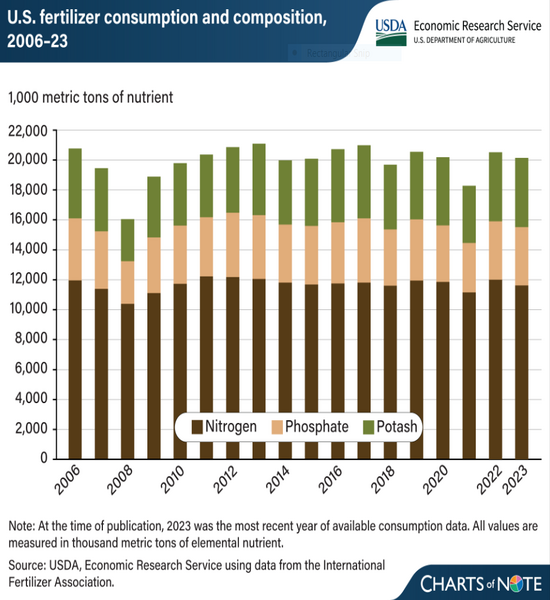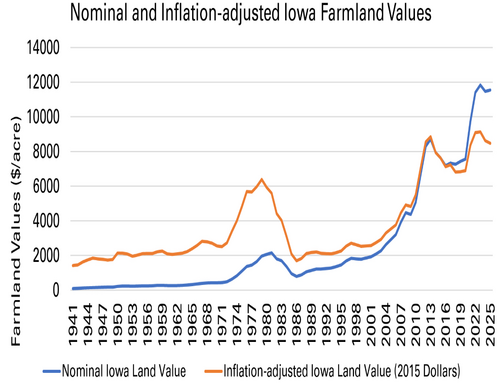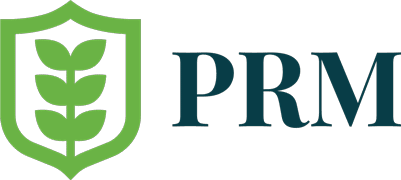Source: USDA news release
Washington — Fertilizer is a key input in crop production, and changes in its consumption over time reflect how farmers respond to shifting input costs and market conditions.
Between 2009 and 2013, total U.S. fertilizer consumption of nitrogen, phosphate, and potash trended upward, reaching 21 million metric tons in 2013, the highest level of fertilizer consumption since before the Great Recession began in 2007. Consumption dropped slightly in 2014 to 20 million metric tons before stabilizing through 2020.
In 2021, total fertilizer consumption fell by 9.4 percent year over year to 18.3 million metric tons. This drop was driven by the market impacts of the Coronavirus (COVID-19) pandemic, along with rising energy prices, supply chain disruptions, and trade restrictions.
Among the three nutrients, potash saw the biggest decline (down 11 percent), followed by phosphate (7 percent), and nitrogen (6 percent). Nitrogen fertilizer consumption volume is typically more than double the consumption of phosphate and potash. On average, from 2006 to 2023, nitrogen fertilizer consistently accounted for the largest share of fertilizer consumption in terms of volume at 59 percent. Potash made up 22 percent of fertilizer consumption by volume, and phosphate comprised 19 percent, with those shares remaining relatively stable during that time.



